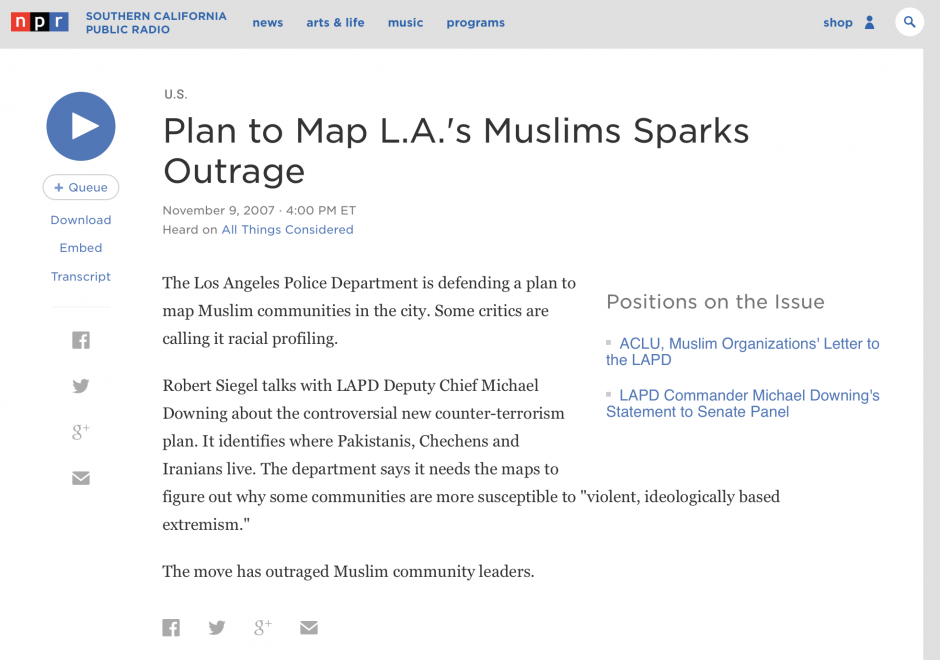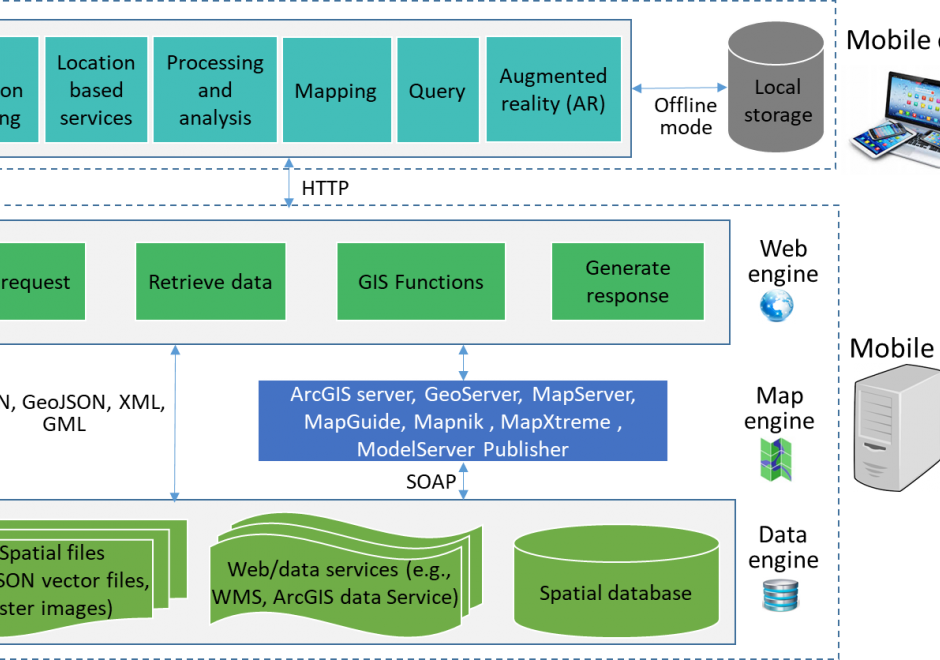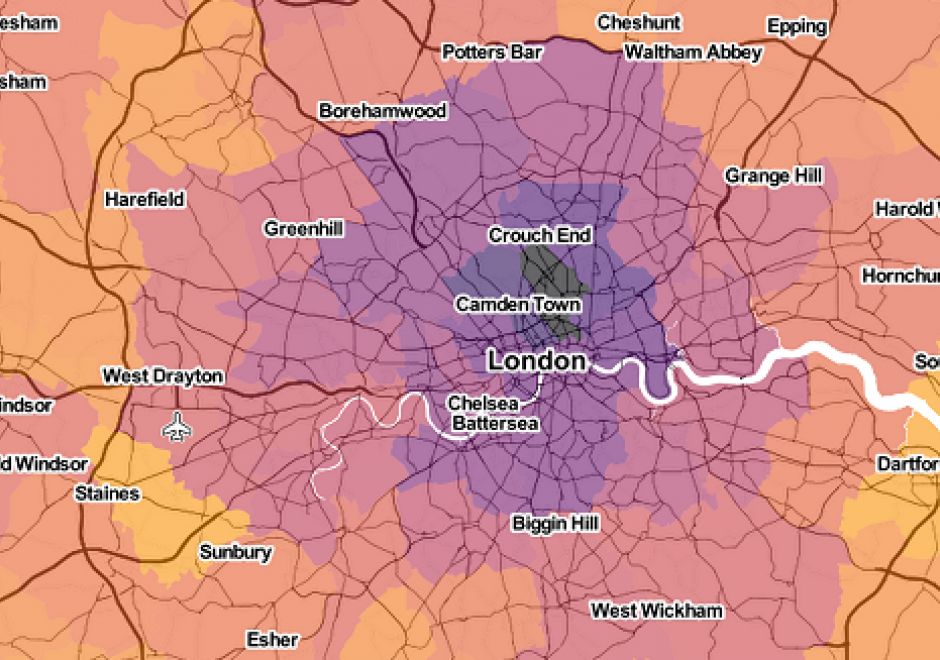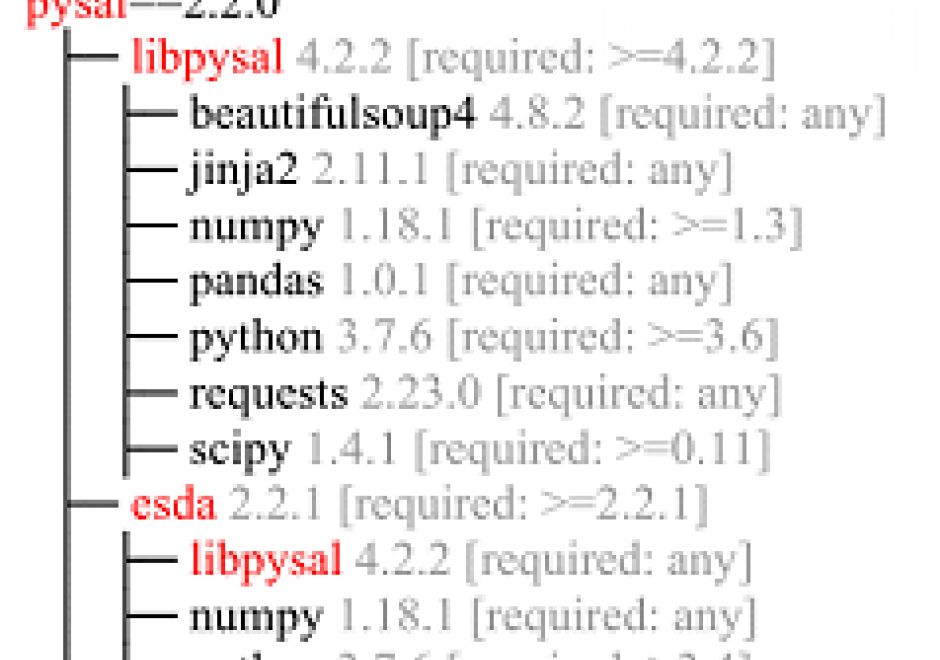GS-11 - Professional and Practical Ethics of GIS&T

Geospatial technologies are often and rightly described as “powerful.” With power comes the ability to cause harm – intentionally or unintentionally - as well as to do good. In the context of GIS&T, Practical Ethics is the set of knowledge, skills and abilities needed to make reasoned decisions in light of the risks posed by geospatial technologies and methods in a wide variety of use cases. Ethics have been considered from different viewpoints in the GIS&T field. A practitioner's perspective may be based on a combination of "ordinary morality," institutional ethics policies, and professional ethics codes. By contrast, an academic scholar's perspective may be grounded in social or critical theory. What these perspectives have in common is reliance on reason to respond with integrity to ethical challenges. This entry focuses on the special obligations of GIS professionals, and on a method that educators can use to help students develop moral reasoning skills that GIS professionals need. The important related issues of Critical GIS and Spatial Law and Policy are to be considered elsewhere.









FC-26 - Problems of Scale and Zoning
Spatial data are often encoded within a set of spatial units that exhaustively partition a region, where individual level data are aggregated, or continuous data are summarized, over a set of spatial units. Such is the case with census data aggregated to enumeration units for public dissemination. Partitioning schemes can vary by scale, where one partitioning scheme spatially nests within another, or by zoning, where two partitioning schemes have the same number of units but the unit shapes and boundaries differ. The Modifiable Areal Unit Problem (MAUP) refers to the fact the nature of spatial partitioning can affect the interpretation and results of visualization and statistical analysis. Generally, coarser scales of data aggregation tend to have stronger observed statistical associations among variables. The ecological fallacy refers to the assumption that an individual has the same attributes as the aggregate group to which it belongs. Combining spatial data with different partitioning schemes to facilitate analysis is often problematic. Areal interpolation may be used to estimate data over small areas or ecological inference may be used to infer individual behaviors from aggregate data. Researchers may also perform analyses at multiple scales as a point of comparison.